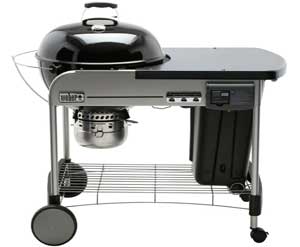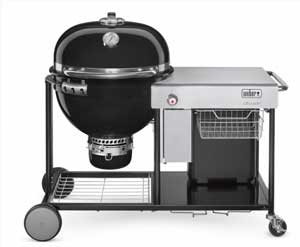Ahead of the temperature begins to fall, you will find several Things that you can do to ensure that your wood-burning fireplace is secure and productive. The National Fire Protection Association urges chimneys be swept at least one time every year, in the outset of winter, to eliminate soot and debris.
Assess for Cracks
Birds, birds, rain and other debris from penetrating.
Assess the Damper
The damper is a movable plate which sits over the fireplace Prior to the flue. Be sure that the fireplace damper is functioning correctly. There ought to not be a debris preventing it from closing and opening.
Assess for Creosote Buildup
Creosote is a compound mass of carbon formed if timber, tar Or fossil fuels are burnt. Creosote can linger in chimneys, also if not eliminated, can grow to be a thick coating of debris from the flue and chimney.
Make sure there are not any overhanging tree limbs on The chimney. Limbs can pose a fire hazard and restrict appropriate draft airflow.
Clean From the Ashes
Make Certain all ashes are washed from the firebox before You get started stacking wood for this very first flame. Only sweep or vacuum the cold ash and get rid of them out.
However, You Might Want to keep a couple ash round to help construct a fire on your fireplace.
Take note that coals can Stay warm for up to 3 times, which is now a Fire danger should they come in contact with flammable substances.
To prevent hot embers from becoming out, utilize a metal-mesh Do not burn wood in your fireplace with no guard.
Check Alerts
Exam Function
Examine your fireplace's role by lighting a Couple of little Bits of wood. Light the timber in the top down. If smoke does not depart vertically from the fireplace to the chimney and rather enters the space, troubleshoot to fix any difficulties.
Issues can include creosote buildup, debris from the chimney (like birds Furthermore, if your house is tightly sealed for energy conservation, then opening a window just a small bit can supply the intake air required to generate the smoke go up the chimney.
Pick the Ideal Wood
Choose dense wood like oak. Wood should be broken and Kept at a dry and high spot for at least half an hour. Green forests, such as walnut, aren't recommended since they could create more creosote.
Maintain the Fire Little
Small fires create less smoke and make less creosote buildup. And make sure you use kindling, not flammable liquids, to begin the fire.




